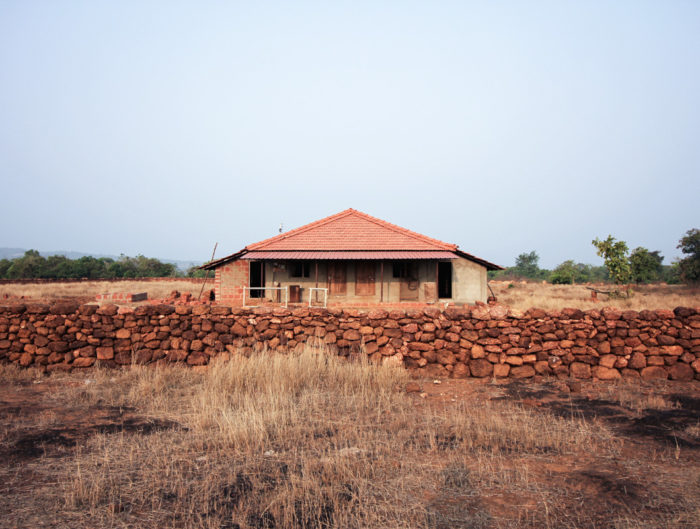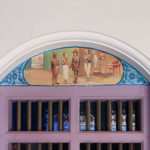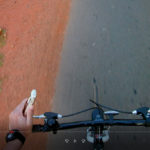“Careful with your step! Look down when you walk!”
I keep repeating once every minute when we stroll down the busy roads in Mumbai. My 7-year old daughter has been taking it quite literally. She has an observant eye and everyone’s trash is her treasure. Needless to say that Mumbai provides ample opportunities for rapt gatherers like her to find treasures of the most unusual kind. While many of us have learned to associate Mumbai beaches with litter, they are far more than just that. They are alive and hardly anyone notices. You literally need to look down when you walk!
My in-laws’ home is a short walk from the seashore. At 6.30 am our daughter eagerly awaits the long excursion on the beach where she is beyond amazed to see the variety of beautiful lifeforms that have suddenly turned up overnight.
She sees seashells on the seashore!
While they all have their scientific zoological names, some of the titles our daughters have given the species are as descriptive as they are imaginative. Purple rainbow, Ice cream cone, Long tail, Butterfly, Hats and Helmets, the delicate ones, the one with many teeth and Silver-moons for those with white iridescent inner layers.
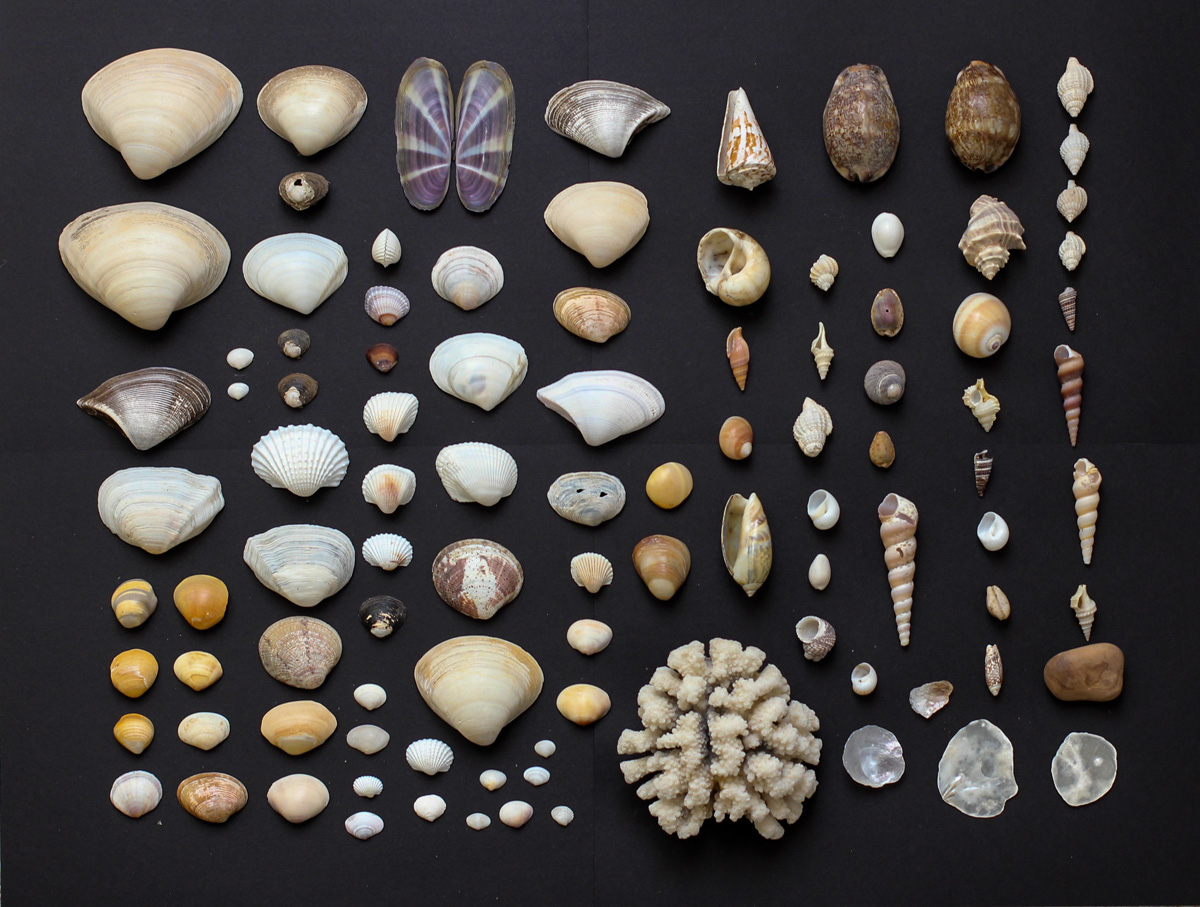
Shells our daughters have collected along the Arabian Sea.
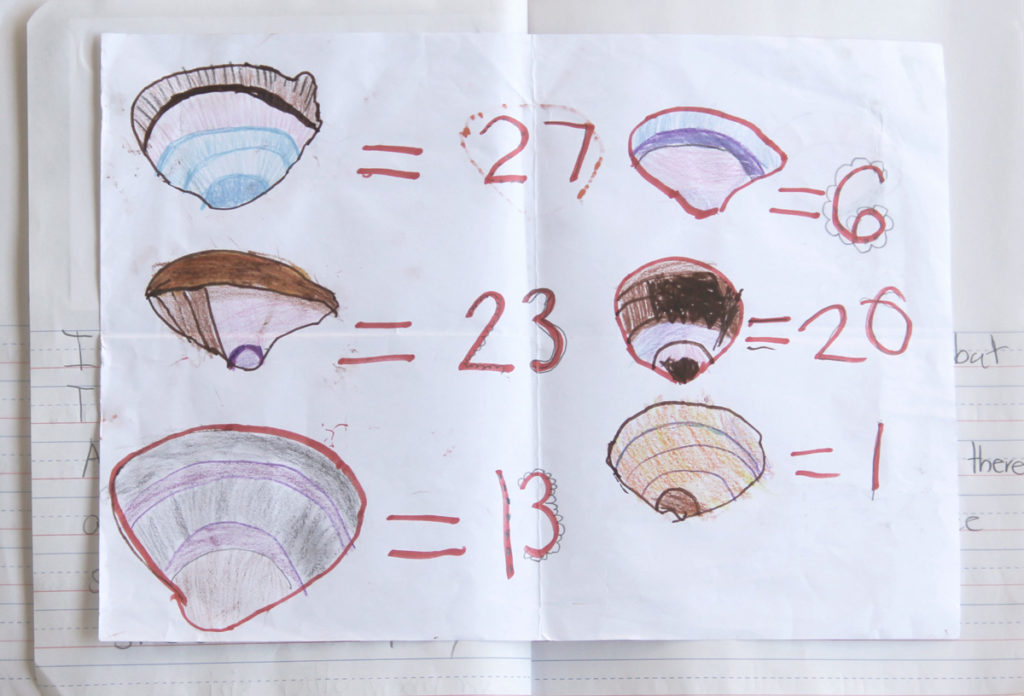
Daughter’s journal noting the numbers of each species collected on the beach
Shells are commonly found in catchment areas by the sea, where waves deposit natural debris along strand lines. These shells are often washed up onto the beach empty and clean because the animal has died and the soft parts have been eaten by another animal or have rotted away. Every once in a while the creature inside a shell might still be alive. It is best to leave the live ones where they are to respect life and maintain the ecological balance.
Seashells are of two kinds: bivalves and univalves. The bivalves have identical half-shells that are held together by a flexible hinge which allows it to open and close. The univalves are single units like Cowries and Conches – a spiral shell that may bear long projections like pointed tails and have a flared opening.
Majority of seashells which are sold commercially are not abandoned shells picked on chance. They have been collected alive in nets, then killed and cleaned for commercial trade. Many of these species grow slow and have taken years to get to the spectacular size that we are now in awe of.
Mumbai has several beaches that provide different living conditions for the fauna.
Juhu beach is a fine sandy beach – a haven for finding different species of empty shells, Sand bubbler crabs and Capiz – a hard, almost flat, iridescent circular shell.
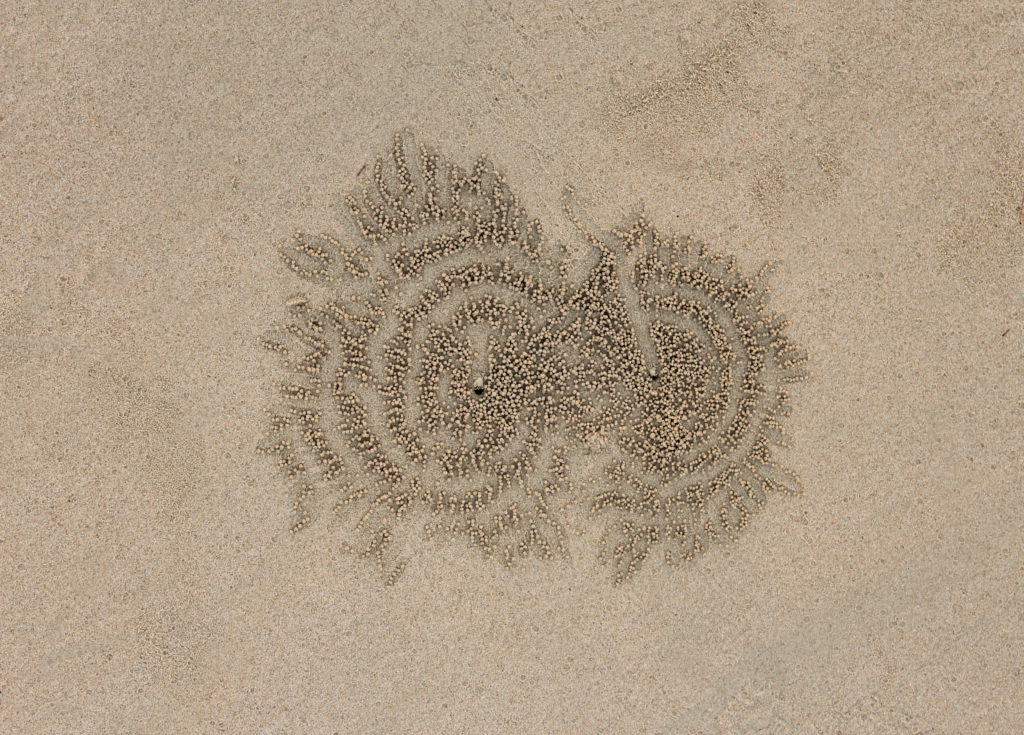
Burrow of a Sand Bubbler crab
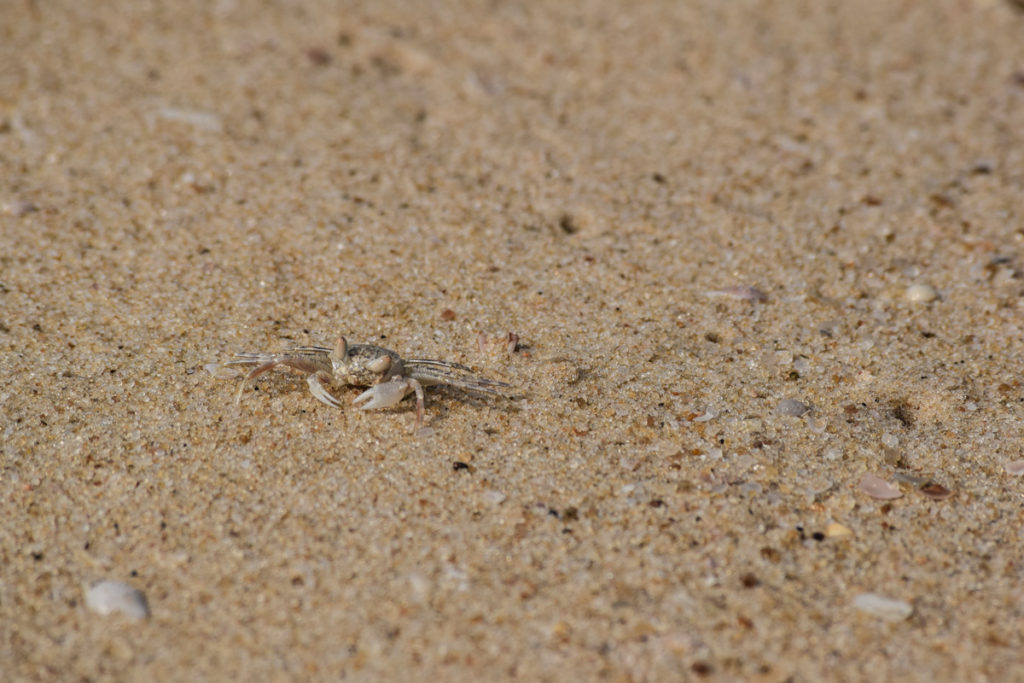
A Sand bubbler crab feeling threatened by us
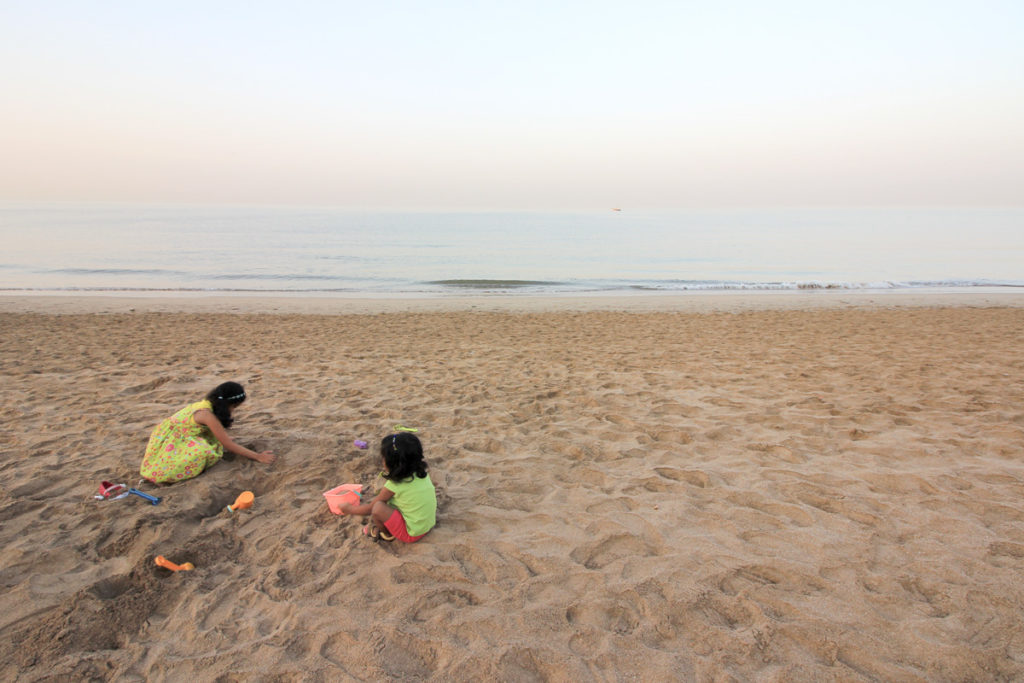
These are not sand bubblers. Just 2 girls digging in the sand on Juhu Beach.
In contrast, the Juhu Koliwada, Girgaum Chowpaty, Marine Drive and Haji Ali with their rocky embankments, provide an excellent setting for creatures that thrive in pools – several species of Crabs, Anemone, Worms, Sponges, Barnacles and even Starfish find refuge here.
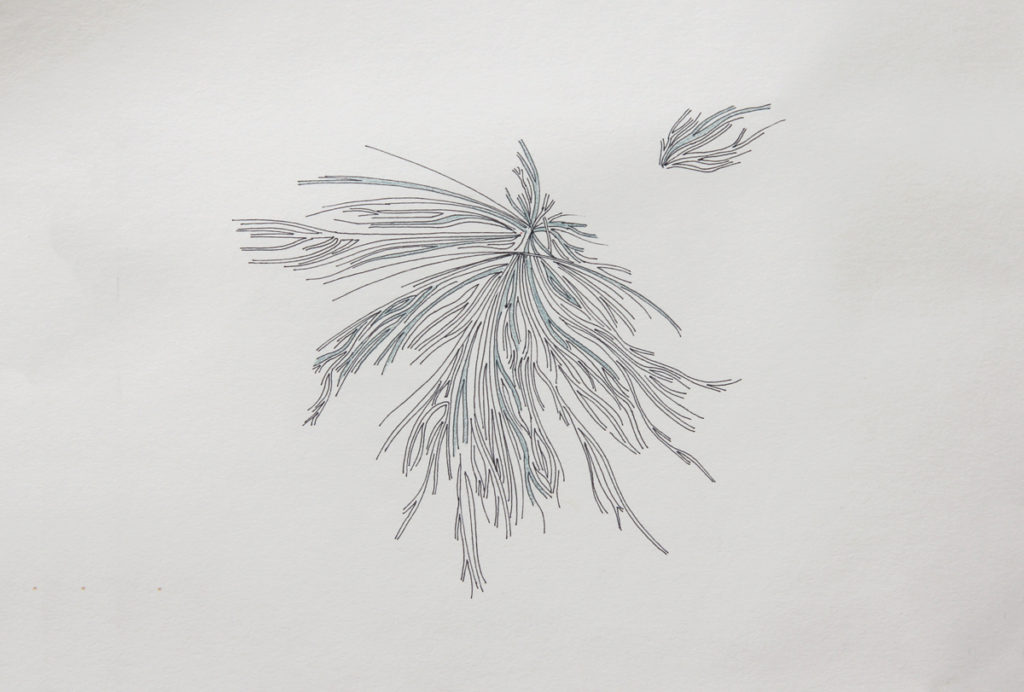
A pencil study of strand lines during my Art school days in Mumbai.
When the tide is low and the smell is less than welcoming, the secret pools are revealed. Each pool can be a micro- ecosystem for many organisms.
Life is created, it carries out all of its natural processes and finally dies in the same little pool surrounded by filth.
Each day as the tide comes in, it refreshes the rocky pools and grants another day of life to its inhabitants. But the sea answers to a celestial master. It lifts its veil again and again to show you its treasures, exposing these delicate lifeforms to the scorching sun and predators in the skies above. How wonderfully this describes life in the city itself!
You need to be a little adventurous to step into these jungles of puddles. Some of these beautiful and seemingly harmless creatures here can be fierce and deadly if stepped upon by accident. Do not touch and do not disturb is nature’s rule.
Keep your ear on the conch – the sea has many tales to tell.
What you will hear from the shells on the Mumbai shoreline is a complex song of the dire straits in which we see our shorelines. These creatures are the original denizens of our coastline, evolving for over 500 million years. They have seen the group of Islands merge, the marsh lands reclaimed and the waters poisoned. We share our home with these creatures. I wonder what the development of our city has in store for these fragile marine mollusks.
Our way of life has substantially altered their environments, but it is incredible that life manages to survive despite all odds.
It is a miracle that this bustling concrete city, where people barely find enough space to set foot, is still teeming with an abundance of fauna in its forgotten watery jungles. It is some consolation that India is not among the top 12 most ocean polluting countries in the world according to data published on Statista. But a lot more needs to be done. Maharashtra’s recent ban on the use of plastic may promise a cleaner future for our shorelines.
In Mumbai, life lives, breathes and thrives right beneath our feet. Next time instead of the usual haunts, find the time for an unusual nature walk and remember to keep your eyes and hearts open!
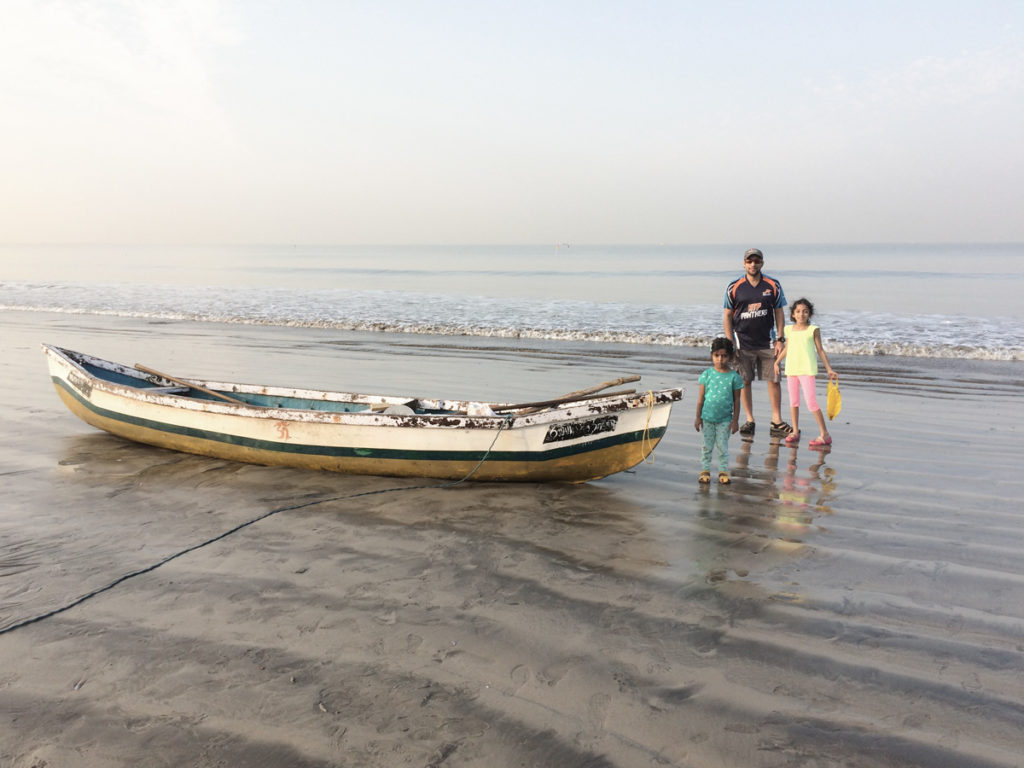
A helpful resource to plot the tidal progression before you plan your next beach walk in Mumbai
https://www.tide-forecast.com/locations/Bombay-India/tides/latest
Please Like and Follow our Facebook Page for new essays.



